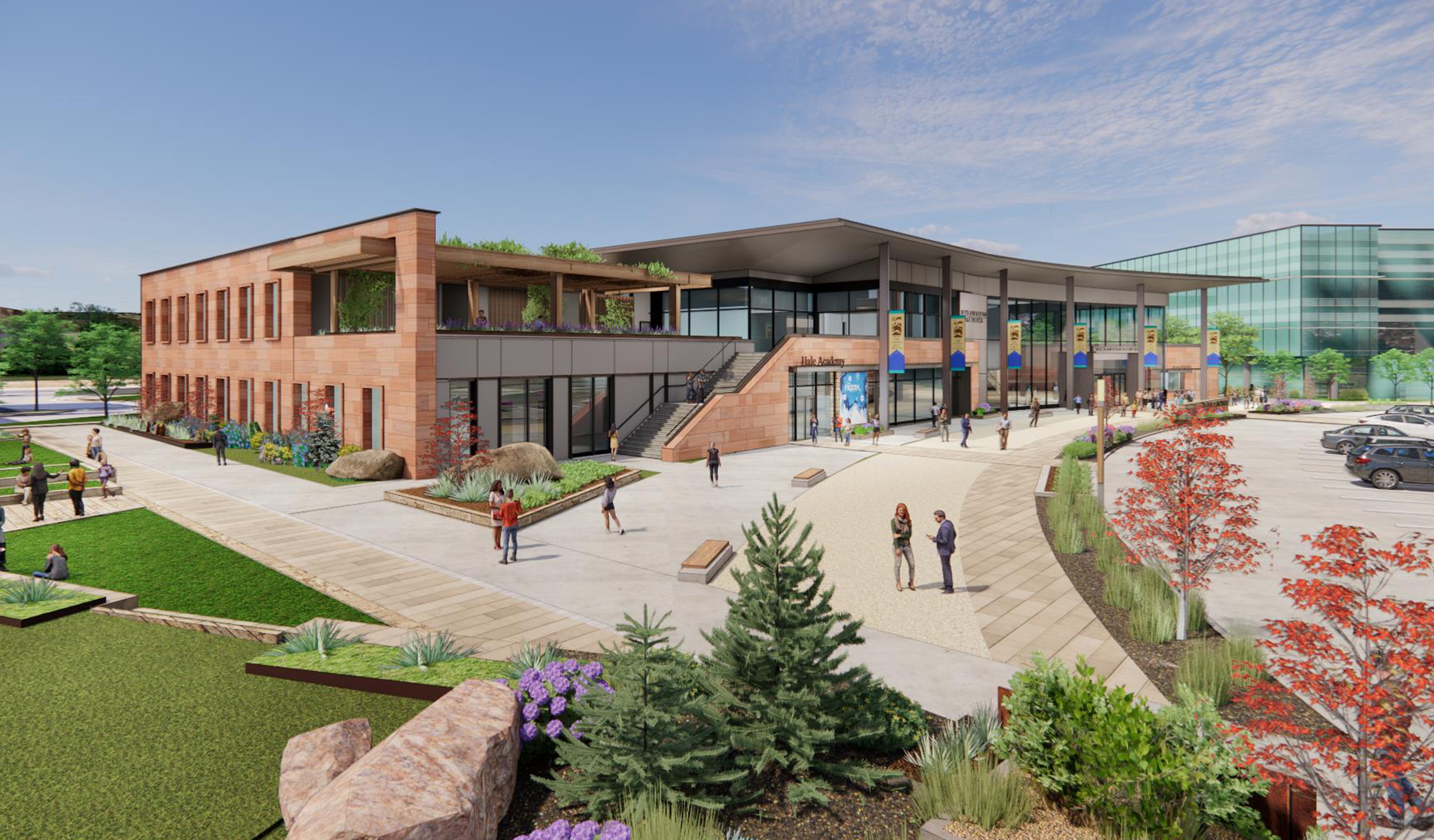When neighborhoods seek to breathe new life into their communities, performing arts centers often emerge as an underutilized but transformative solution. These venues are far more than spaces for entertainment. They create economic ripple effects, foster local pride, and enhance the overall quality of life.
Take Playhouse Square in Cleveland, for example. Once a struggling theater district, it is now a thriving cultural and economic hub. Similarly, the New Jersey Performing Arts Center in Newark has revitalized local businesses while boosting community spirit. In Miami, the Adrienne Arsht Center has driven over $1 billion in economic investments, becoming a cornerstone of urban transformation. These success stories highlight how the arts can reshape communities and lay a foundation for sustainable growth.
Victus Advisors has seen similar impacts with two performing arts centers in Utah: The Ruth at doTERRA and the Heber Valley Community Arts Center. Both projects demonstrate how strategic investments in arts facilities can revitalize communities and leave a lasting legacy.
Economic Catalysts
Performing arts centers are powerful economic engines. For instance, The Ruth at doTERRA, a $55 million cultural landmark in Pleasant Grove, Utah, includes state-of-the-art spaces like the Smith Grand Theater and Lindsay Legacy Theater. It is expected to draw over 400,000 visitors annually. These visitors will generate significant economic activity for local businesses, such as restaurants, hotels, and retail stores. According to Victus Advisors’ research, similar facilities contribute millions in annual economic output while creating new jobs.
The Heber Valley Community Arts Center illustrates a comparable impact. Its estimated $194 million in cumulative economic output over 30 years includes $131 million in direct spending and 63 new annual jobs in Wasatch County. By attracting both residents and visitors, performing arts centers serve as engines for sustained local growth.
Enhancing Community Identity
Performing arts centers also strengthen a community’s sense of identity. The Heber Valley Community Arts Center, a proposed 65,000-square-foot facility, was designed to serve local theater groups, orchestras, and arts organizations. This focus ensures the space reflects Heber Valley’s unique cultural character, making it a true community asset.
Similarly, The Ruth at doTERRA prioritizes education by including private studios and recording spaces. These features encourage creativity and learning, while also deepening ties between residents and their cultural assets. Facilities like these foster a sense of ownership and pride in the arts.
Driving Public-Private Partnerships
The development of performing arts centers often depends on effective public-private partnerships (P3s). These collaborations make ambitious projects financially viable. For example, the Heber Valley project explored a funding model that combined private donations with public support, ensuring maximum impact for the community.
The Ruth at doTERRA also benefited from private donations, raising over $32 million with substantial contributions tied to naming rights partnerships. These partnerships not only bring projects to life but also align businesses with community-focused initiatives, enhancing their public goodwill.
Addressing Community Needs
A successful performing arts center is designed with its community in mind. For the Heber Valley project, stakeholder input was critical in shaping spaces that meet local needs, such as rehearsal halls, galleries, and event venues. This approach ensures accessibility and broad appeal.
The Ruth at doTERRA also serves diverse needs with flexible spaces like a club lounge and ballroom. These areas accommodate private events, further extending the center’s reach beyond traditional performing arts programming. Such multi-use designs foster social cohesion and inclusivity.
Beyond the Arts: Revitalizing Communities
The impact of performing arts centers often extends well beyond their walls. These venues serve as anchors for broader revitalization efforts, sparking additional investments in their surrounding neighborhoods. For example, The Ruth at doTERRA has become the centerpiece of a growing cultural and economic hub in Pleasant Grove.
Victus Advisors’ research on comparable venues, such as the Durham Performing Arts Center in North Carolina, underscores this trend. These centers frequently catalyze mixed-use developments, including dining, retail, and residential projects, creating vibrant, walkable communities. This multiplier effect ensures that the benefits of performing arts facilities ripple across the region.
Conclusion
Performing arts centers are far more than cultural venues—they are transformative forces for economic, social, and community growth. Facilities like The Ruth at doTERRA and the proposed Heber Valley Community Arts Center exemplify how thoughtful planning and strategic partnerships can drive lasting impact. By anchoring revitalization efforts, these centers bring communities together, inspire creativity, and turn neighborhoods into thriving hubs of activity.
As Victus Advisors continues to support performing arts projects nationwide, the data and insights gathered reinforce the arts’ transformative potential. Communities that invest in the arts are not just enriching lives — they are shaping a vibrant and prosperous future.

